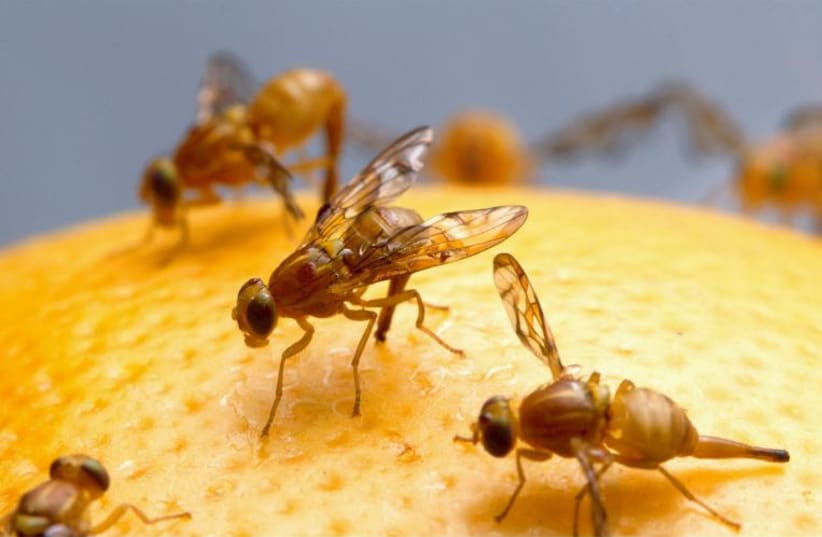In order to better understand the basic principles by which signals travel through the brain, leading to behavior and learning, scientists have created the first-ever map showing every single neuron and how they’re wired together in the brain of the fruit fly larva.
The research, which includes a map of the 3016 neurons that make up the larva’s brain, was published in the peer-reviewed journal Science.
Why is it important to know the structure of the brain?
The brain, like all of the nervous system, is made up of neurons that are connected to each other via synapses. Through these, information in the form of chemicals passes from one neuron to another. Researcher Marta Zlatic explained that how the brain circuit is structured influences the computations the brain makes.


"But, up until this point, we’ve not seen the structure of any brain except of the roundworm C. elegans, the tadpole of a low chordate, and the larva of a marine annelid, all of which have several hundred neurons," Zlatic continued. "This means neuroscience has been mostly operating without circuit maps. Without knowing the structure of a brain, we’re guessing on the way computations are implemented. But now, we can start gaining a mechanistic understanding of how the brain works.”
In order to build the map of the larva's brain, the researchers scanned and reconstructed thousands of slices of the brain with a high-resolution electron microscope. They mapped the 3016 neurons, as well as 548,000 synapses.
Is the true same for humans?
The current study does not apply to large mammals and there is not yet technology available to do so. But Zlatic said all brains are similar.
"They are all networks of interconnected neurons – and all brains of all species have to perform many complex behaviors: they all need to process sensory information, learn, select actions, navigate their environments, choose food, recognize their conspecifics, escape from predators, etc. In the same way that genes are conserved across the animal kingdom, I think that the basic circuit motifs that implement these fundamental behaviors will also be conserved," Zlatic said.
Zlatic concluded: “The most challenging aspect of this work was understanding and interpreting what we saw. We were faced with a complex neural circuit with lots of structure. In collaboration with Professor Priebe and Professor Vogestein’s groups at Johns Hopkins University, we developed computational tools to extract and predict from the structure the relevant circuit motives. By comparing this biological system, we can potentially also inspire better artificial networks.”
